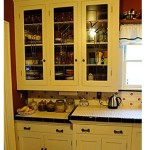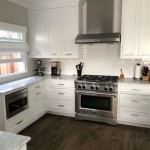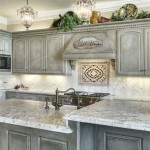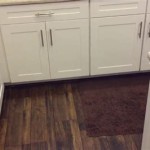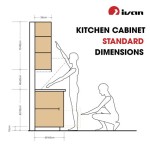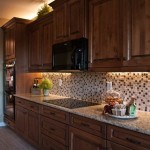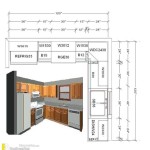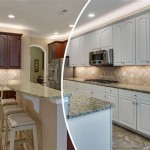Adding Trim Above Kitchen Cabinets: Essential Aspects to Consider
Enhancing the aesthetics and functionality of your kitchen involves careful attention to details, including the treatment of the space above your cabinets. Adding trim above kitchen cabinets serves both decorative and practical purposes, and understanding the essential aspects of this task is crucial for achieving a successful outcome.
To begin with, identifying the part of speech of "adding trim above kitchen cabinets" as a verb phrase highlights the action of enhancing the space above cabinets. This perspective guides us in exploring the core elements that contribute to a well-executed installation.
Material Selection
Choosing the appropriate material for your trim is essential for longevity and aesthetic appeal. Common options include wood, PVC, and MDF (medium-density fiberboard). Wood offers classic beauty and durability, while PVC and MDF provide affordability and resistance to moisture. Consider the overall style of your kitchen and the existing cabinetry when making your selection.
Trim Size and Style
The size and style of the trim you select will significantly impact the overall look. Narrow trim can create a subtle accent, while wider trim adds a more dramatic touch. Choose a style that complements the cabinet doors and enhances the architectural features of the kitchen. Crown molding, for instance, provides an elegant and traditional touch, while simple cove molding offers a clean and modern aesthetic.
Installation Method
There are two primary methods for installing trim above kitchen cabinets: using adhesive or nails. Adhesive is a quick and easy option for lightweight trim, while nails provide a more secure hold for heavier materials. Ensure that the surface is clean and free of debris before applying adhesive. When using nails, countersink them slightly below the surface for a seamless finish.
Finishing Touches
Once the trim is installed, it's important to finish it properly for a polished look. This may involve sanding any rough edges, filling nail holes, and applying paint or stain. Choose a finish that complements the rest of the kitchen decor and provides protection against wear and tear. A clear sealant can also enhance durability.
In conclusion, adding trim above kitchen cabinets involves careful consideration of material selection, trim size and style, installation method, and finishing touches. By understanding these essential aspects, you can create a cohesive and aesthetically pleasing space that enhances the functionality and overall appeal of your kitchen.

Adding Crown Molding To Kitchen Cabinets Young House Love

Diy Kitchen Cabinet Upgrade With Paint And Crown Molding

Closing The Space Above Kitchen Cabinets Remodelando La Casa

Diy Kitchen Cabinet Upgrade With Paint And Crown Molding

Adding Height To The Kitchen Cabinets Tempting Thyme

Adding Moldings To Your Kitchen Cabinets Remodelando La Casa

Install Trim Above Cabinets Madness Method Kitchen Cabinet Crown Molding

How To Add Crown Molding Kitchen Cabinets Abby Organizes

How To Add Crown Molding Kitchen Cabinets Abby Organizes

Adding Height To The Kitchen Cabinets Tempting Thyme
Related Posts

